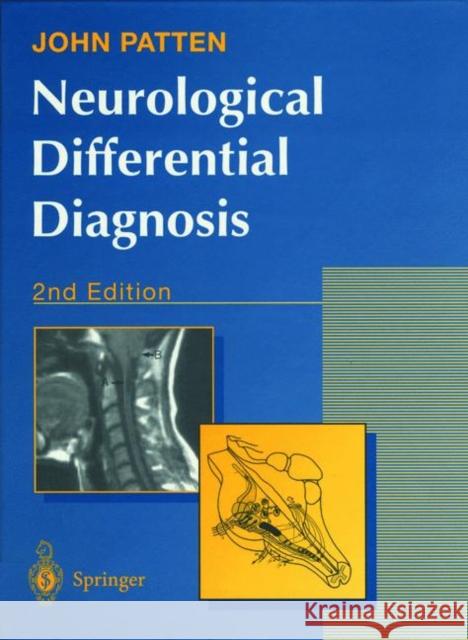Neurological Differential Diagnosis » książka
Neurological Differential Diagnosis
ISBN-13: 9783540199373 / Angielski / Twarda / 1995 / 450 str.
The majority of doctors are ill at ease when confronted by a patient with a neurological problem. Candidates for qualifying examinations and higher diplomas dread that they will be allocated a neurological 'Iong case'. This is a serious reflection on the adequacy of training in neurology. It is still possible in some medical schools for a student to go through the entire clinical course without an attachment to the neurological unit. Increasing competition for teaching time has led to the situation where in most US medical schools, and at least one new medical school in the UK, a two-week c1inical attachment to the neurology service is considered adequate. Those fortunate enough to attend a postgraduate course find a minimum of 3 months' intensive training is necessary before any confidence in tackling a neurological problem is achieved. Unfortunately, neurological textbooks seldom seem to recognize the intensely practical nature of the subject. There are many short texts that achieve brevity by the exclusion of explanatory material; these are difficult to read and digest. At the opposite extreme are the neurological compendia, often unbalanced by excessive coverage of rare diseases and all based on the assumption that patients announce on arrival that they have a demyelinating, heredofamilial, neoplastic etc. disorder. These texts are useful only to those who already have a good working knowledge of neurological diseases.











